Home > Auctions > 23 - 27 May 2023
Ancient Art, Antiquities, Natural History & Coins
Auction Highlights:
Private collection since the late 1990s.
Property of an English collector.
Accompanied by an academic report by Dr Raffaele D’Amato.
This lot has been checked against the Interpol Database of stolen works of art and is accompanied by search certificate number no.10603-174116.
Cf. The British Museum, museum number 1924,0109.1, for a broadly similar example.
Such mirrors were a unique product of the Celts in Britain, during a period between 300 B.C. and 100 A.D., when they were buried in the graves of queens, high-born princesses and other noblewomen, or in treasure hoards. The majority of these graves are dated between 100 B.C. and 100 A.D. Most of the specimens come from Britain (Desborough, Oxfordshire, Old Warden, Shillington, Trelan Bahow, Mayer mirrors), and a few were found in the nearby regions of France or the Low Countries (e.g. the Dordrecht mirror).
Found East Anglia, UK.
Cf. the anthropomorphic mount from Ancaster, Lincolnshire, recorded with the PAS under reference DUR-8474E1 and similar but less well-defined bust from Oswestry, Shropshire, recorded under CPAT-3E2E53.
From the collection of a North American gentleman, formed in the 1990s.
Ex old English collection, formed in the 1970s.
This lot has been checked against the Interpol Database of stolen works of art and is accompanied by search certificate no.200277.
Cf. The British Museum, museum number 1849,0627.1, for a similar example dated 11th-8th century B.C.
with the Prehistoric Museum, Dingle, Country Kerry, Republic of Ireland, until November 2018.
Ex K. Schmidt collection, Cologne, Germany.
Accompanied by an Irish export licence, no. 6570.
Cf. Durham, E., Metal Figurines in Roman Britain, University of Reading PhD thesis, 2010, item 172 (presumed deity from Banham, Norfolk).
By descent from a Russian noble family.
From the collection of a North American gentleman.
Found whilst searching with a metal detector in Oving, near Chichester, West Sussex, UK, in 2001.
This lot has been checked against the Interpol Database of stolen works of art and is accompanied by search certificate no. 200279.
See Hines, J., A New Corpus of Anglo-Saxon Great Square-Headed Brooches, London, 1997, for discussion.
The various elements of the brooch find similar counterparts on others in the series, such as the form of the bow which corresponds to those on brooches from Herpes (Pas-de-Calais, France) and Sarre (Kent) (Hines's plates 10, 11) and the outer band of masks on the headplate which can be found on a brooch from Tuddenham (Hines's plate 15).
Acquired 1990s-early 2000s.
East Anglian private collection.
This lot has been checked against the Interpol Database of stolen works of art and is accompanied by searcher certificate no. 201091.
Cf. MacGregor, A. & Bolick, E., A Summary Catalogue of the Anglo-Saxon Collections (Non-Ferrous Metals), Oxford, 1993, item 12.32, for a less developed example of the type; British Museum, accession numbers 1883,0401.270, 1883,0401.207 and OA.270, for similar.
Cambridgeshire collection, 1990s.
Cf. MacGregor, A. & Bolick, E., A Summary Catalogue of the Anglo-Saxon Collections (Non-Ferrous Metals), Oxford, 1993, items 2.29, 2.32, 2.34, for type.
Enamel detailing is exceedingly rare on early Anglo-Saxon metalwork, and is almost confined to items produced in the south Midlands to the west of the Fenland.
Cambridgeshire collection, 1990s.
Cf. National Museums Liverpool, accession number M6004, for a similar Jutlandic example; Hines, J., A New Corpus of Anglo-Saxon Great Square-Headed Brooches, London, 1997, item 86(a), for the applied disc, 85(c), for headplate masks.
The fractured lower edge shows signs of an ancient repair using a separate panel of sheet bronze pinned to the reverse.
Acquired on the German art market around 2000.
From the collection of a Surrey, UK, gentleman.
Cf. Hadjadj, R., Bagues Merovingiennes - Gaul du Nord, Paris, 2007, item 60, for type.
From an old London collection, formed in the late 1990s.
Acquired in the early 1970s.
Ex property of a Surrey, UK, collector.
Cf. Brugmann, B., The Role of Continental Artefact-Types in Sixth Century Kentish Chronology in Hines, J. et al., The Pace of Change, Studies in Early Medieval Chronology, Oxford, 1999, fig.3.4, phase II; cf. Menghin, W., The Merovingian Period. Europe Without Borders, Berlin, 2007, item VIII.17.17, for similar S-shaped fibulas from Marchélepot, France.
193 - 204 of 2508 LOTS

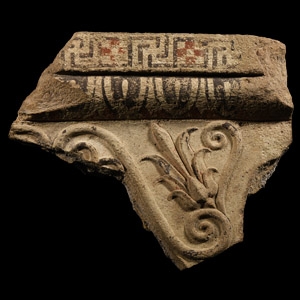
.jpg)


.jpg)
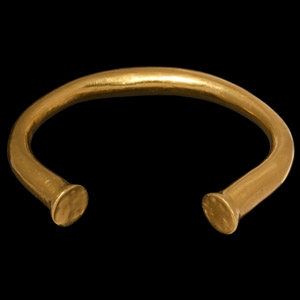
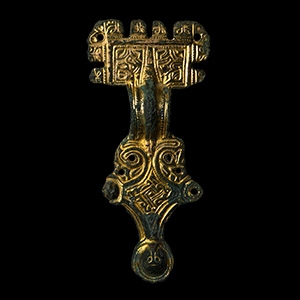

.jpg)
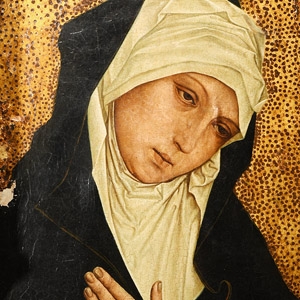

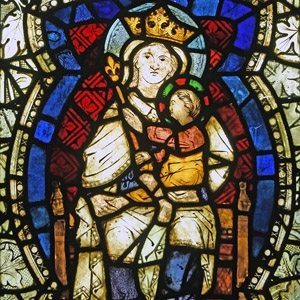
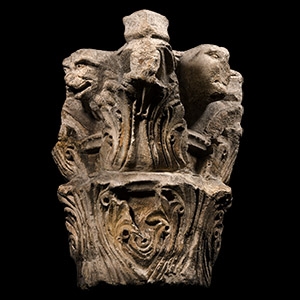
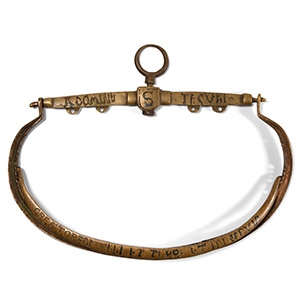
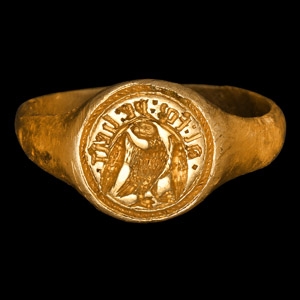
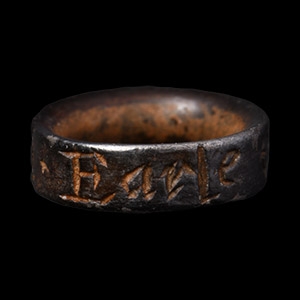
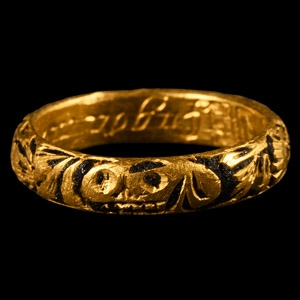
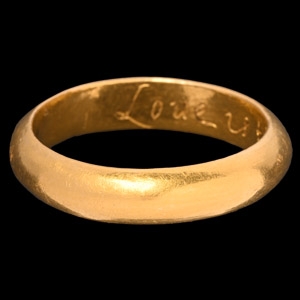
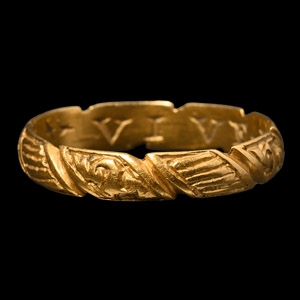
![English Milled Coins - George VI - 1937 - Cased RM Proof Coronation Gold Set [4] English Milled Coins - George VI - 1937 - Cased RM Proof Coronation Gold Set [4]](https://timelineauctions.com/upload/images/items/small/203351-s(2).jpg)












